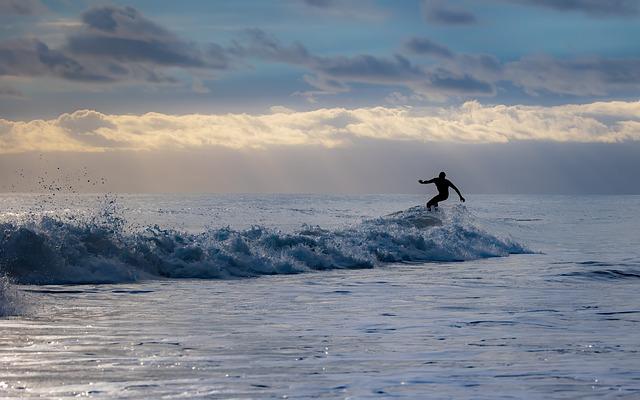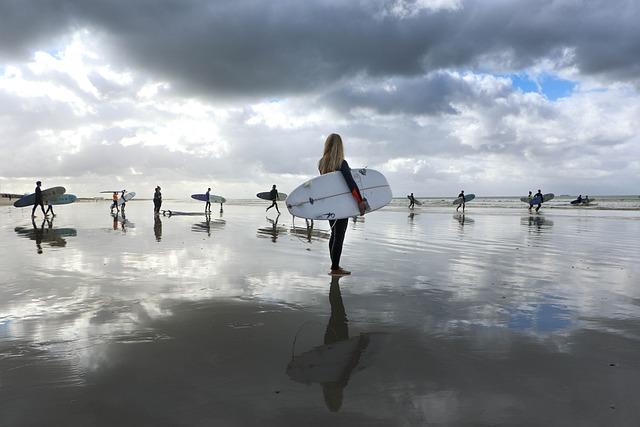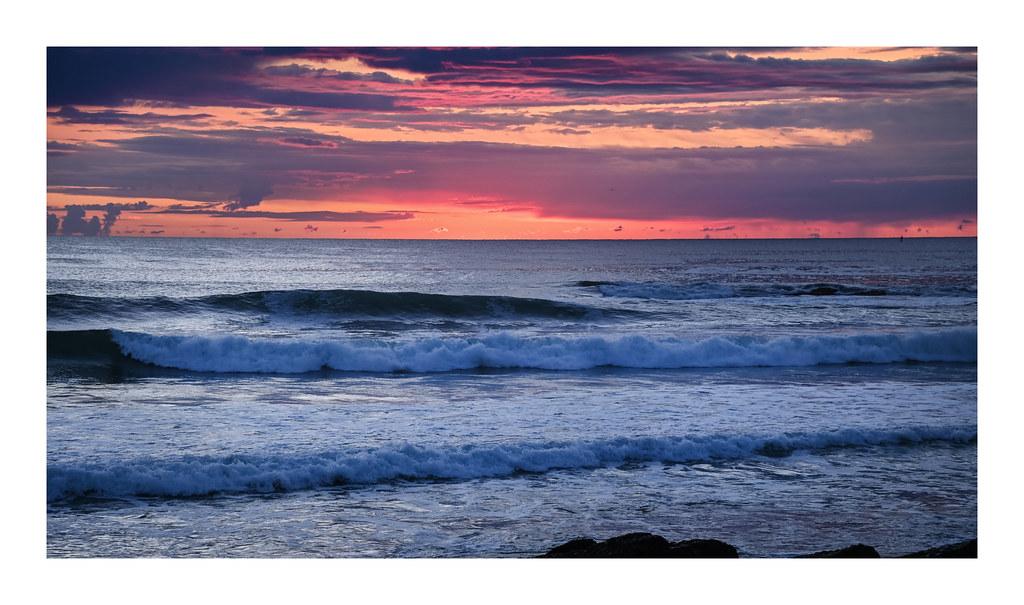Surfing, with its rhythmic dance upon the ocean’s surface, has long been more than just a sport or pastime; it is a profound cultural force that has intricately woven itself into the fabric of coastal communities worldwide. From the sun-drenched shores of Hawaii to the rugged coastlines of Australia and the vibrant beaches of California, surfing has played a pivotal role in shaping the identity, economy, and social dynamics of these regions. This article delves into the historical evolution of surfing, tracing its origins and examining its influence on community development, local economies, and cultural expression. Through an exploration of surfing’s impact on coastal societies, we gain insight into how this exhilarating pursuit has fostered a unique sense of belonging and identity among those who live by the sea. By understanding the symbiotic relationship between surfing and coastal communities, we can appreciate how the sport has transcended its role as a mere recreational activity to become a cornerstone of cultural identity and a catalyst for community cohesion.
Cultural Evolution Through Waves Exploring Surfings Role in Shaping Coastal Traditions
Over the decades, surfing has transcended its status as a mere sport, embedding itself deeply into the fabric of coastal communities. Surfing has influenced the cultural evolution of these regions, serving as a powerful catalyst for identity formation. The allure of the ocean and the rhythm of the waves have not only attracted enthusiasts from around the world but have also fostered a unique sense of belonging among local populations.
- Community Bonding: Surfing has fostered a strong sense of community, where locals and visitors alike come together to share their love for the ocean. This shared passion creates a bond that transcends cultural and social barriers.
- Economic Impact: The surf culture has significantly contributed to the local economies, with surf shops, schools, and events generating employment and attracting tourism.
- Environmental Stewardship: With the ocean as their playground, surfers have become staunch advocates for marine conservation, leading initiatives to protect their cherished coastal environments.
- Artistic Expression: The surf culture has inspired various forms of artistic expression, from music and film to visual arts, all of which reflect the vibrant and dynamic spirit of coastal life.
Through these influences, surfing has played a pivotal role in shaping the ethos and traditions of coastal communities, making it an integral part of their cultural heritage.

Economic Impact of Surfing Analyzing How Surf Culture Boosts Local Economies
Surfing has become more than just a sport; it is a powerful economic driver that invigorates local economies in coastal communities. By drawing tourists from around the globe, surfing has turned once quiet beach towns into bustling hubs of activity. This influx of visitors not only boosts revenue for local businesses but also encourages the development of new enterprises. Surf shops, cafes, and accommodation facilities are just a few of the businesses that thrive due to the presence of surfers. Moreover, the seasonal nature of surfing, with waves varying in different times of the year, ensures a consistent flow of visitors, providing economic stability and growth.
The influence of surfing extends beyond direct financial benefits. It plays a significant role in shaping community identity and culture. Festivals, competitions, and cultural events centered around surf culture create a unique social fabric, fostering a sense of community and belonging among residents. Furthermore, surfing promotes environmental awareness, as the health of the ocean directly impacts the sport. This has led to increased environmental initiatives and sustainable practices within these communities, further enhancing their appeal to eco-conscious travelers. The symbiotic relationship between surfing and coastal economies highlights its profound impact, illustrating how a sport can shape both economic landscapes and cultural identities.

Environmental Stewardship and Surfing Communities Fostering Sustainable Practices
Surfing communities have long been at the forefront of environmental stewardship, their very existence intertwined with the health of the oceans and coastlines they cherish. These communities have cultivated a culture of sustainable practices, setting a benchmark for responsible interaction with natural resources. The symbiotic relationship between surfers and the sea has inspired numerous grassroots initiatives aimed at preserving marine ecosystems and promoting ecological awareness. By leveraging their influence, surfers have successfully campaigned for the reduction of single-use plastics, the protection of endangered marine species, and the restoration of coral reefs.
- Local Clean-Up Initiatives: Many surfing communities organize regular beach clean-ups, mobilizing volunteers to remove debris and litter that threaten marine life.
- Advocacy and Education: Surfers often engage in educational campaigns, raising awareness about the impact of pollution and climate change on oceanic health.
- Sustainable Surfboard Production: Innovations in surfboard manufacturing are being explored, with a focus on eco-friendly materials and processes that minimize environmental impact.
Through these efforts, surfing communities are not just preserving their playground but are also fostering a broader environmental consciousness that extends beyond the waves. This dedication has not only strengthened their cultural identity but has also positioned them as key advocates for the planet’s future.
Promoting Social Cohesion The Unifying Power of Surfing in Coastal Societies
In many coastal societies, surfing has emerged as a powerful catalyst for social cohesion, shaping not only individual identities but also the collective identity of entire communities. This aquatic pastime transcends mere recreation; it is a cultural phenomenon that weaves together diverse threads of tradition, local pride, and communal spirit. Surfing fosters an inclusive environment where individuals from various backgrounds can unite over shared experiences. Local surf competitions and community beach clean-ups are just a few examples of how surfing acts as a bridge, connecting people across age, ethnicity, and socioeconomic status. These events often serve as a platform for cultural exchange, storytelling, and the celebration of local heritage, thereby fortifying the social fabric of coastal towns.
Moreover, the lifestyle associated with surfing encourages environmental stewardship and a deep respect for nature, which are crucial elements in fostering a unified community. Sustainable tourism initiatives, educational workshops on ocean conservation, and collaborative art projects inspired by the sea are instrumental in promoting a sense of shared responsibility among residents. This environmental consciousness, driven by the surfing community, instills a collective pride and a proactive approach to preserving the coastal environment, ultimately reinforcing the bonds that hold these communities together. As a result, surfing not only contributes to the economic vitality of coastal areas but also plays a pivotal role in nurturing a resilient, cohesive community identity.









